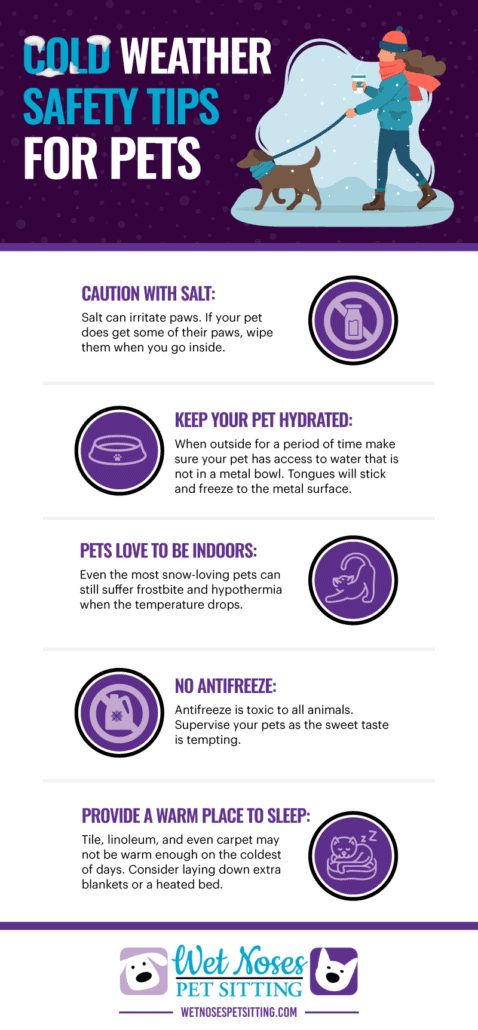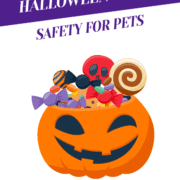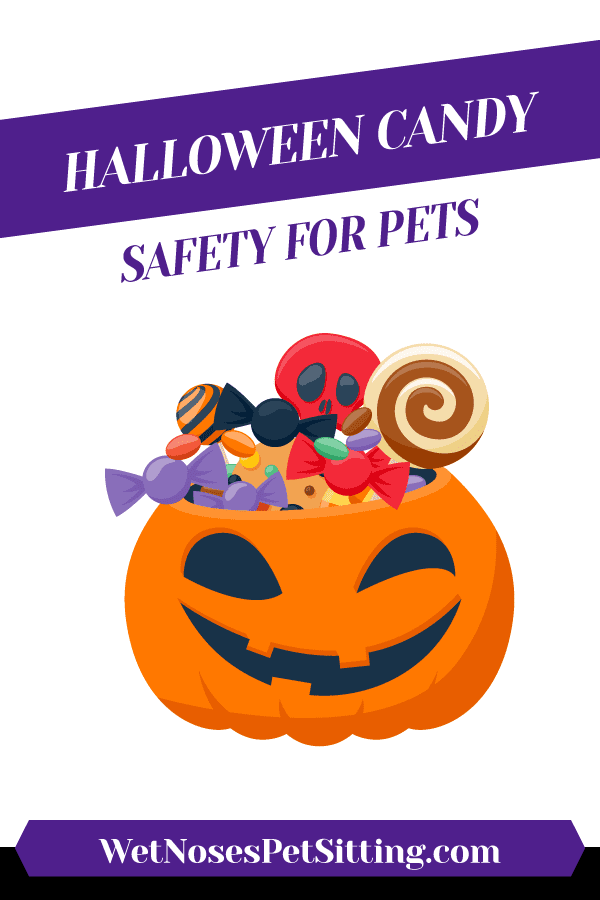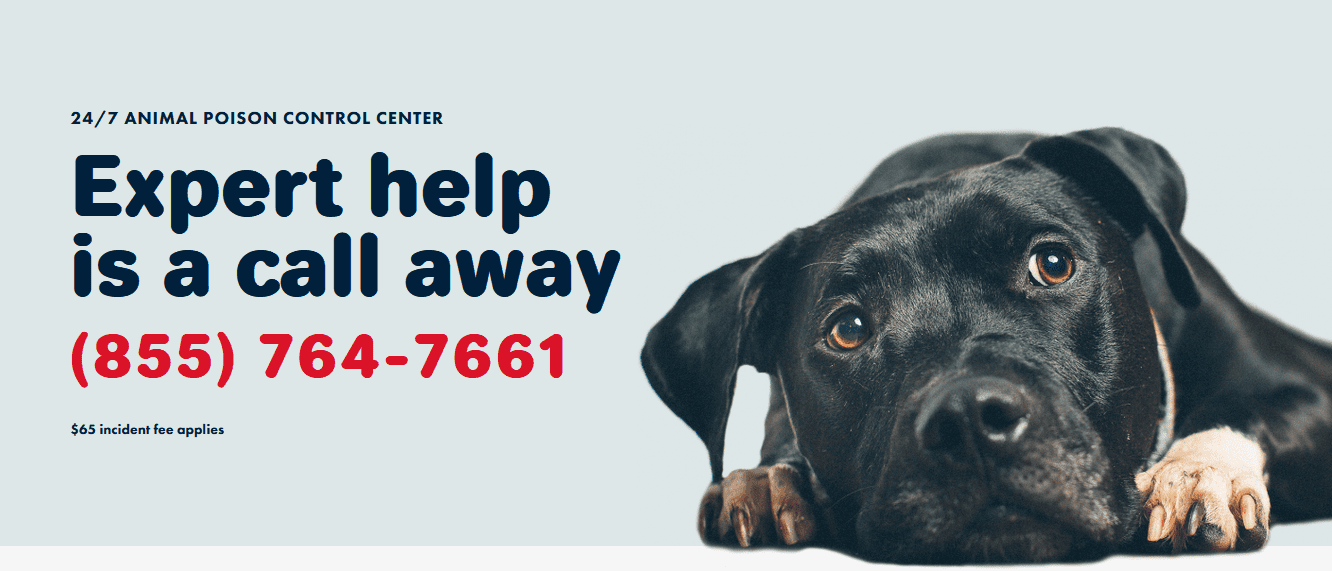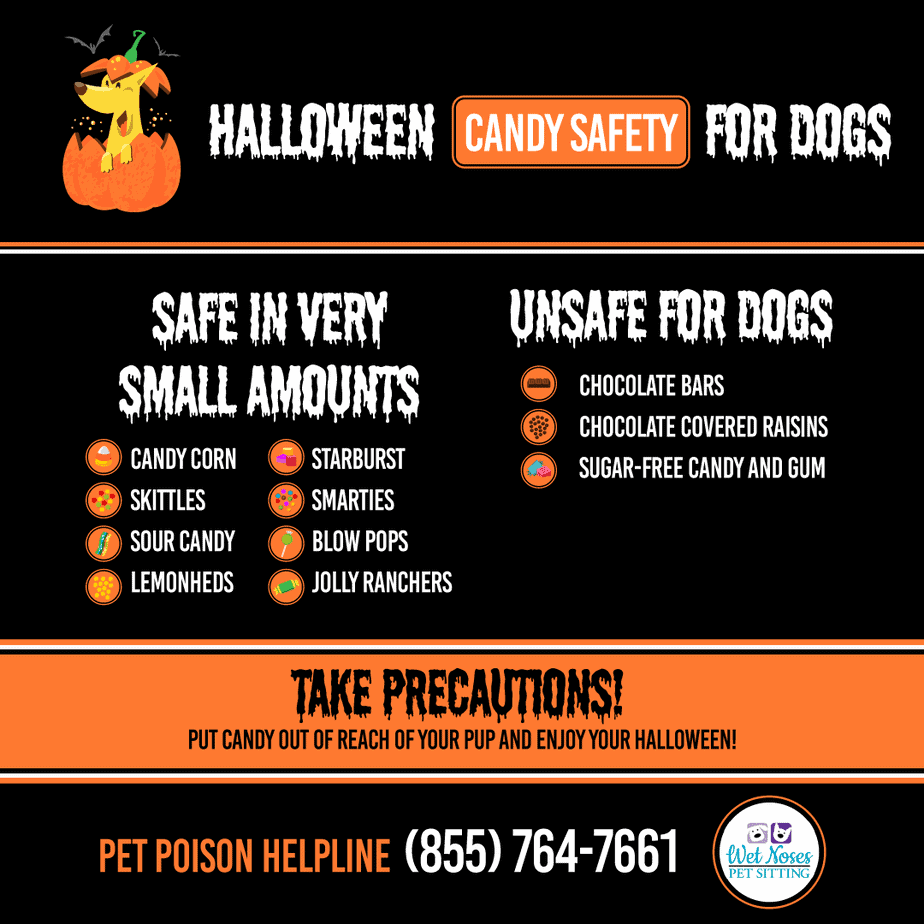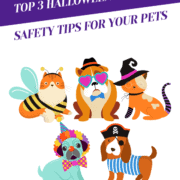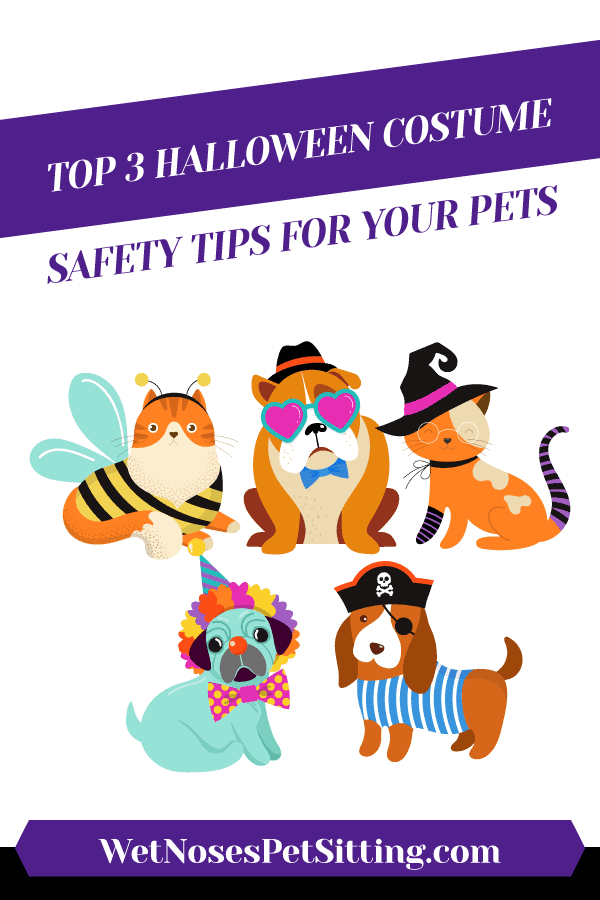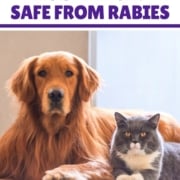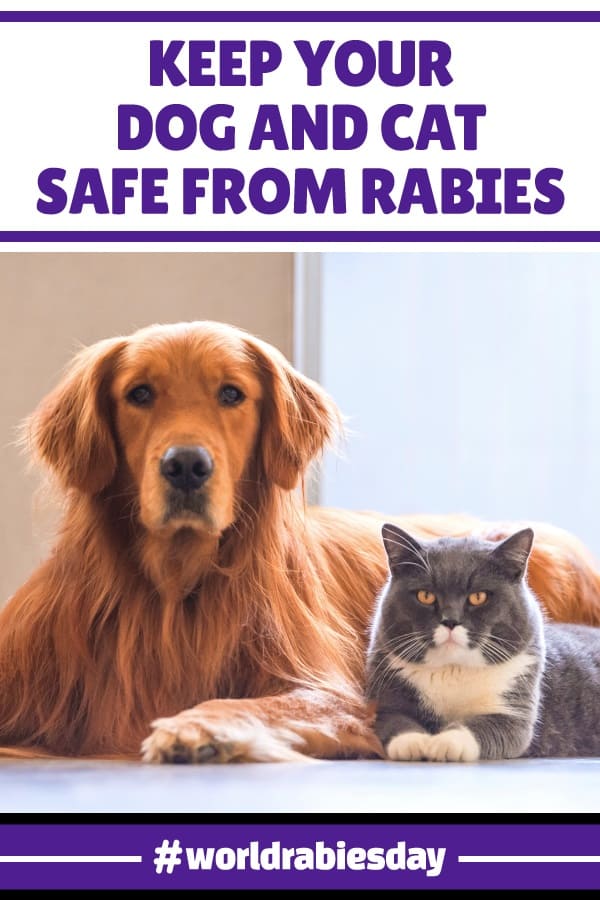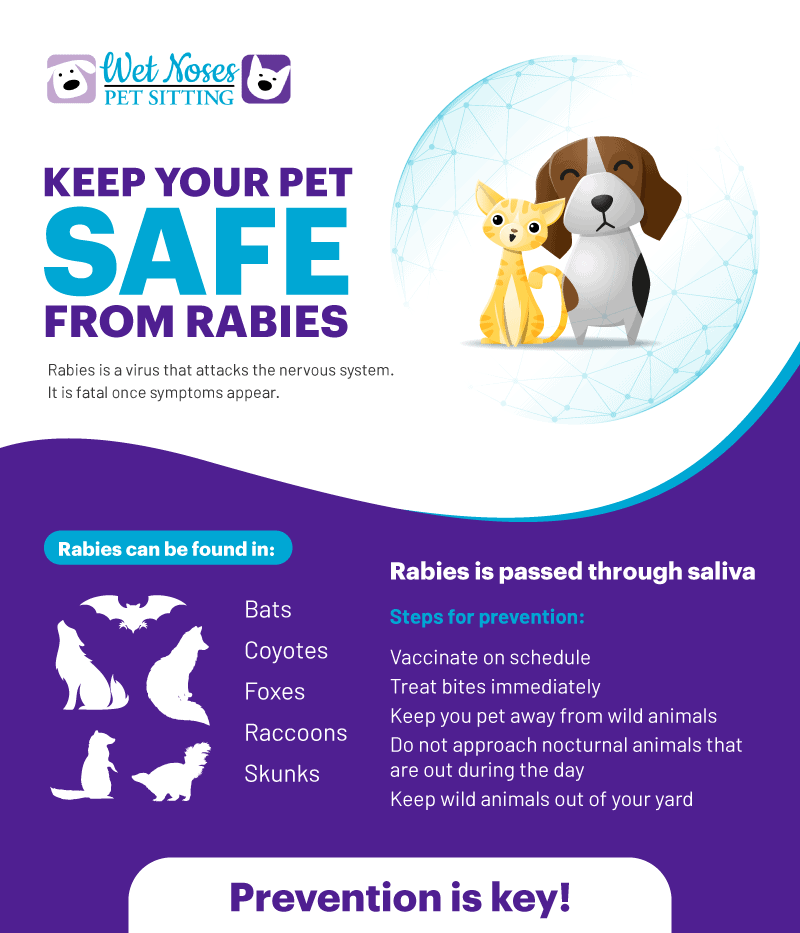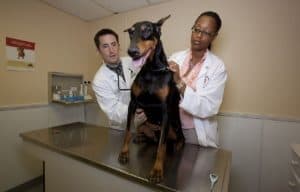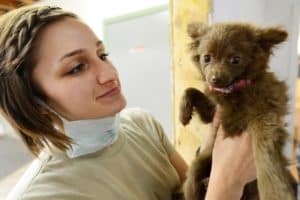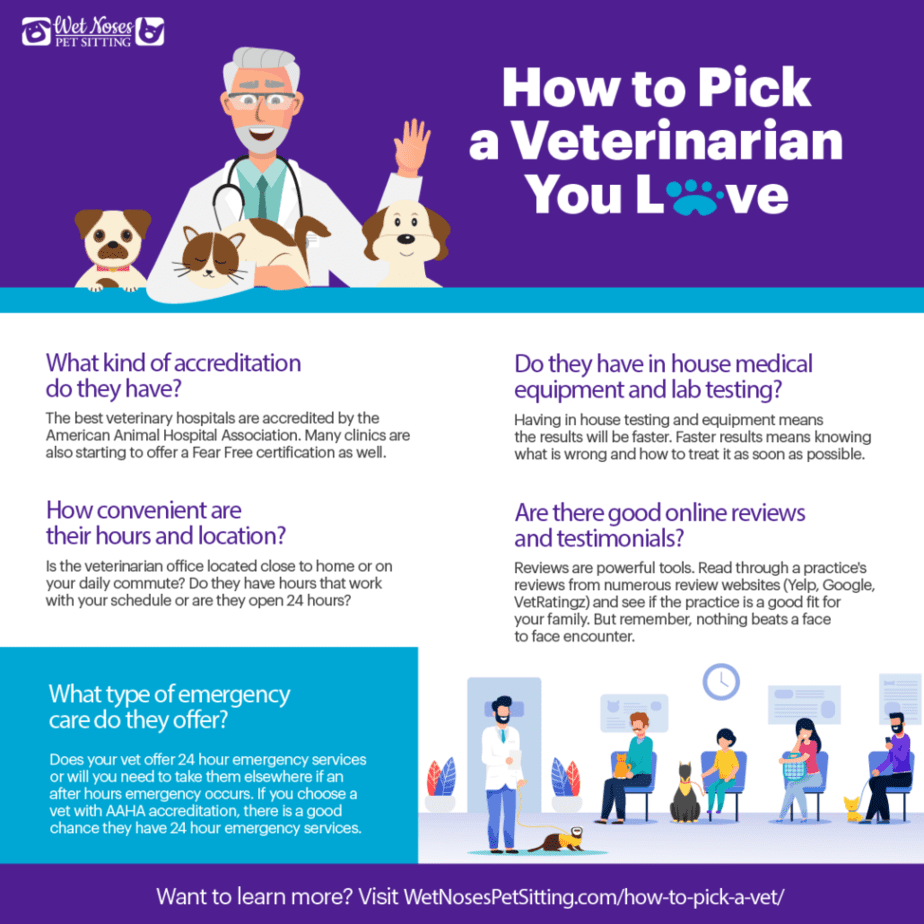
We’re usually careful about what our pets eat during the holidays, but there are things that they can get into all year long. Making sure that your pets are healthy In fact there are seven foods that your dog should never eat.
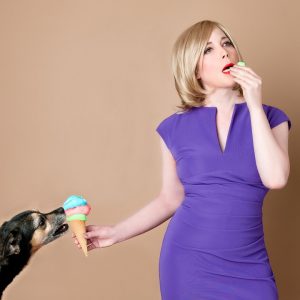
1. Alliums
These types of food have been associated with a red blood cell damaging condition, hemolytic anemia. Garlic and onions, plus any food season with them could end up with your pup feeling disoriented, fatigued and listless. Plus, they could suffer rapid heartbeat, darkened urine or vomiting.
2. Spoiled food
I don’t know why some pet owners have fallen into a trap of letting our pets dispose of spoiled food, but we kind of have. But in all truth, if you wouldn’t eat it, then neither should your dog. Especially if it was mold or smells funny, send that old food straight to the trash.
3. Fried foods
There is no doubt that us Americans love our fried food. But extremely fatty food, such as fried chicken is very toxic for our dogs. We have more complex digestive systems that can handle the extra oil and breading, but our pet do not. This can cause pancreatic inflammation that can in turn damage to your dog’s other intestines.
4. Grapes/Raisins
We’re not really sure why that most dogs get sick from eating grapes, but it happens frequently. There is a strong correlation between eating grapes and kidney failure. If your dog has eaten grapes and show signs of diarrhea, vomiting, dehydration, lethargy, or weakness, it’s time to contact the vet.
5. Macadamia nuts
Another mysterious and trouble causing food is macadamia nuts. Luckily this isn’t a big problem because your dog would have to eat a good amount of them to get sick. But if they do it can get serious. Symptoms from eating these nuts include, fever, muscle weakness, depression and vomiting.
6. Salty snacks
If your dog ingests too many salty they could end up with sodium ion poisoning. A chip or two isn’t going to hurt them; but if they get into a whole bag, you need to watch them closely and give them plenty of water. Symptoms include depression, high fever, diarrhea, vomiting, excessive thirst, kidney damage, and seizures.
7. Xylitol
If you have sugar free foods in your house, check them for this low-calorie sugar substitute. Xylitol is extremely toxic to dogs. If ingested they can cause a drastic spike in insulin levels which can cause dangerously low blood sugar later on. Signs of xylitol poisoning includes vomiting at first, followed by fainting, seizures, weakness, staggering and even death.
If you’re ever concerned about your dog having consumed these foods, call the vet right away. The best way to avoiding accidental poisoning is to keep these foods locked away where your dog can’t reach them.


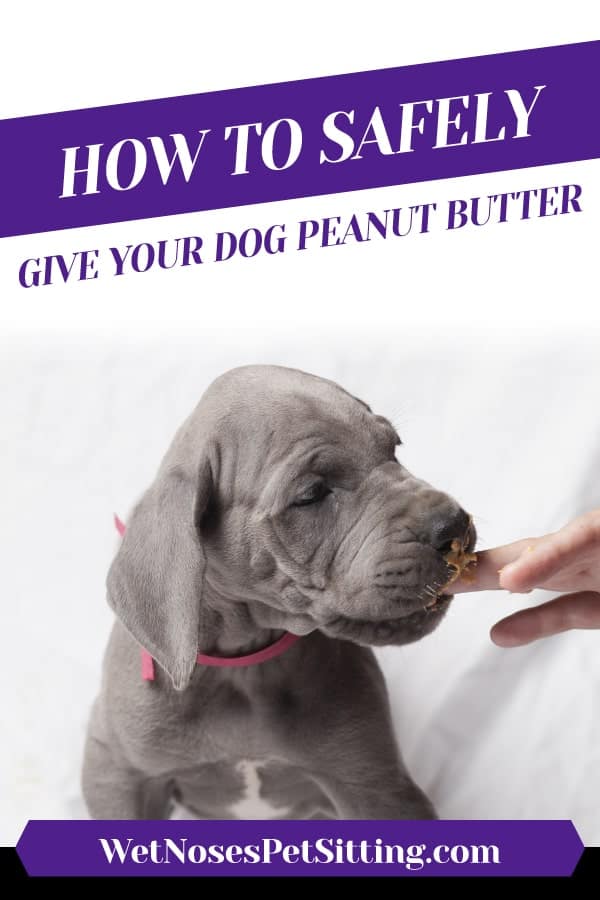
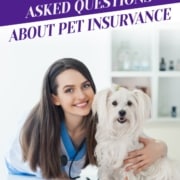
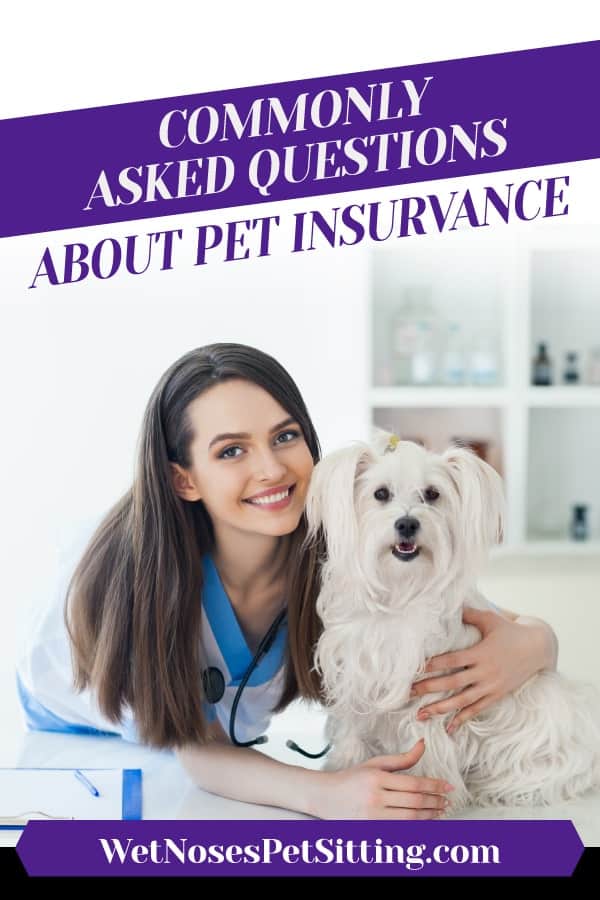
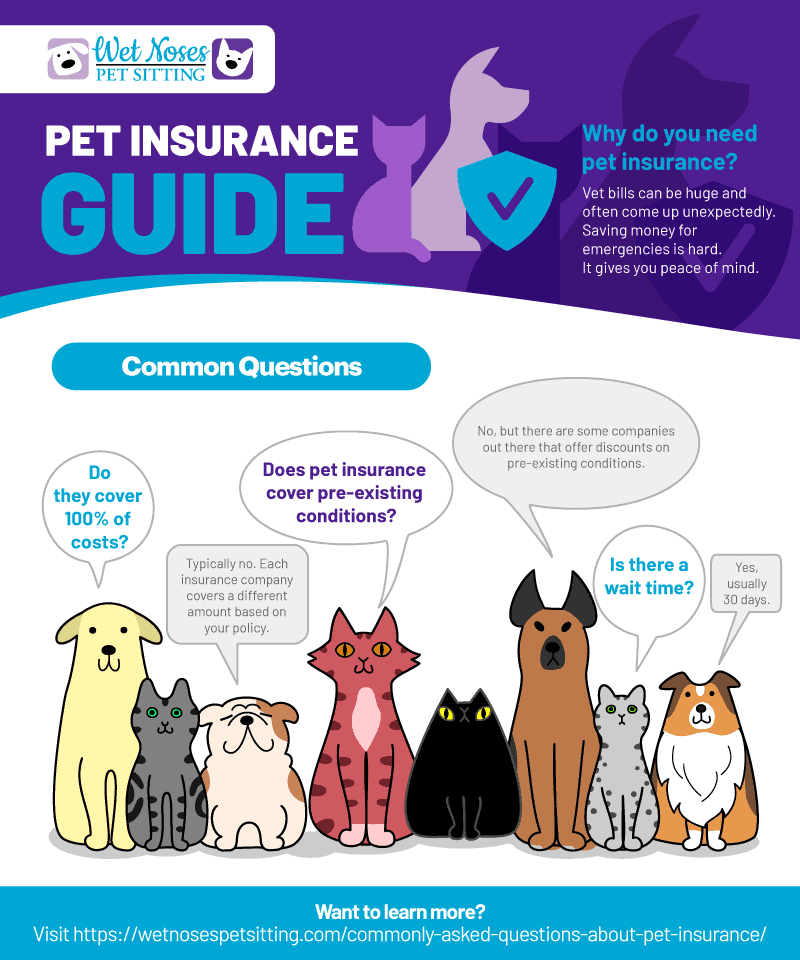
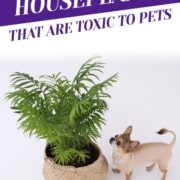

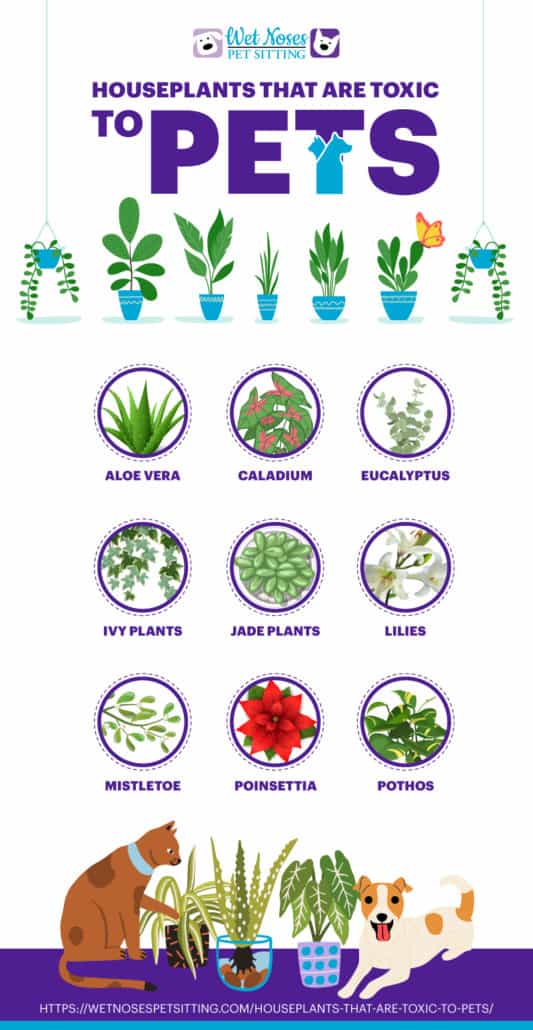
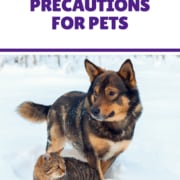
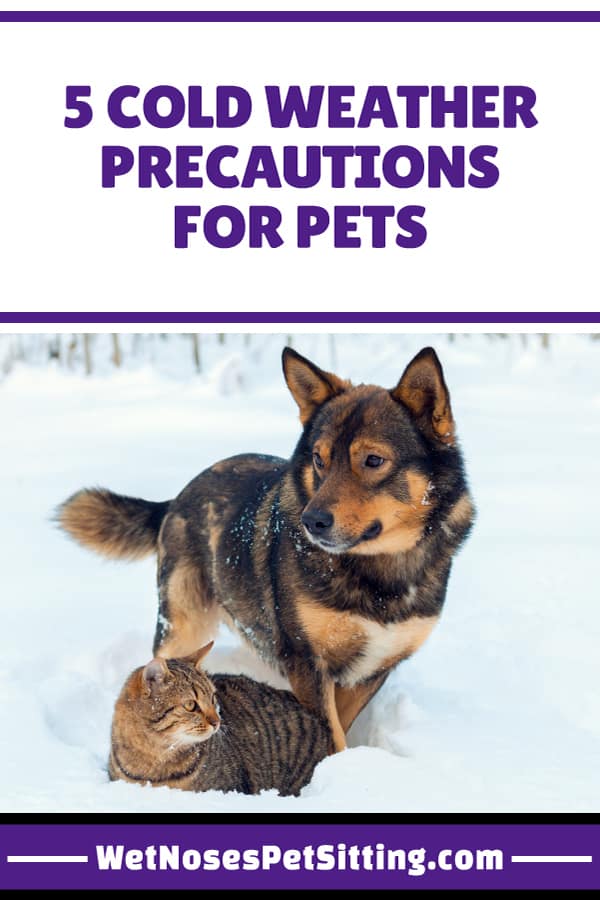
 Please, take a moment to read some tips for cold weather precautions and how to keep your pet safe and warm this winter season:
Please, take a moment to read some tips for cold weather precautions and how to keep your pet safe and warm this winter season: